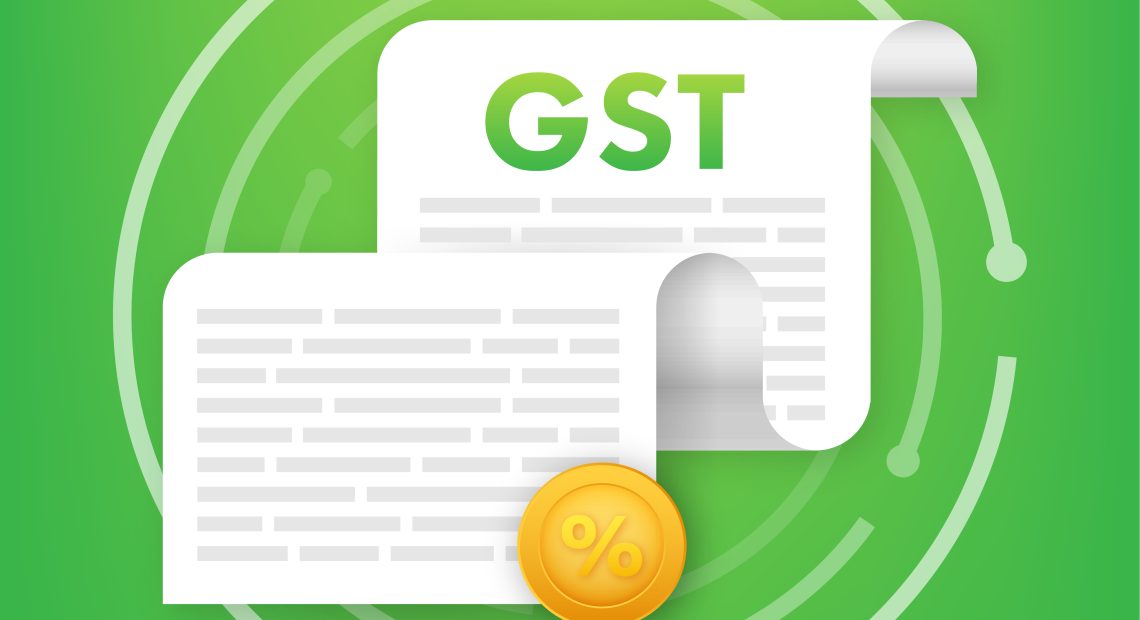
Breaking Down The News: The Reality of GST Evasion in India
The Goods and Services Tax (GST) was introduced in India on July 1, 2017, to replace multiple indirect taxes and create a transparent, efficient system.
However, GST evasion remains a major issue, costing the government billions in lost revenue. Fraudsters exploit loopholes through fake invoices, underreported sales, and ITC fraud.
This article explains how GST works, where fraud occurs, the scale of evasion, government actions, and how consumers can help stop GST fraud.
How GST Works: The Biscuit Example
To understand GST evasion, let’s look at a biscuit manufacturer’s supply chain.
Step 1: Procurement of Raw Materials
Manufacturer buys wheat, sugar, and butter for ₹1,000.
GST (5%) = ₹50 (claimed later as Input Tax Credit or ITC).
Step 2: Biscuit Manufacturing
Manufacturer sells biscuits to a wholesaler for ₹2,000 + 18% GST (₹360).
ITC of ₹50 is claimed, so only ₹310 is paid in tax.
Step 3: Wholesaler to Retailer
Wholesaler sells to a retailer for ₹2,500 + 18% GST (₹450).
ITC of ₹360 is claimed, so ₹90 is paid in tax.
Step 4: Retailer to Consumer
Retailer sells biscuits to consumer for ₹3,000 + 18% GST (₹540).
ITC of ₹450 is claimed, so ₹90 is paid in tax.
Step 5: Final Consumer Pays the GST
The consumer pays ₹3,540 (including ₹540 GST).
Consumers cannot claim ITC, so they bear the final tax burden.
Where Does GST Evasion Occur?
Fraudsters use various tricks to steal GST before it reaches the government.
Fake Invoices & Bogus ITC Claims – Businesses generate fake bills to claim tax credits without actual transactions.
Underreporting Sales – Businesses report lower sales figures to reduce tax payments.
Cash Sales Without GST Invoice – Sellers avoid issuing invoices, pocketing the GST instead of paying it.
Wrong GST Classification – Businesses misclassify goods under lower tax slabs (e.g., biscuits as bread to pay 5% instead of 18%).
Circular Trading (Fake Business Chains) – Dummy companies pass invoices among themselves to claim fraudulent ITC.
How Much GST Fraud is Happening in India?
Total GST evasion detected in FY 2023-24: ₹2.30 lakh crore
Arrests made: 223 individuals
Revenue recovered: ₹31,758 crore
Top States for GST Fraud (FY 2023-24)
Maharashtra – ₹60,059 crore (289 arrests)
Gujarat – ₹25,089 crore (101 arrests)
Delhi – ₹18,313 crore (70 arrests)
Pune – ₹17,328 crore (45 arrests)
Gurugram – ₹15,502 crore (60 arrests)
Hyderabad – ₹11,081 crore (35 arrests)
The biggest frauds occur in manufacturing, construction, IT, and retail sectors.
Government Actions Against GST Fraud
1. Stricter Registration Process
Biometric Aadhaar verification for GST registration in high-risk states.
Real-time PAN & Aadhaar verification to detect fake businesses.
2. Advanced Tech Monitoring
Data Analytics & AI to detect tax fraud.
Mandatory E-invoicing for businesses above ₹5 crore turnover.
3. Tougher Compliance Rules
Sequential GST return filing to ensure transparency.
System-generated mismatch alerts to catch fake ITC claims.
4. Raids & Legal Crackdown
121 arrests in 2024 for ITC fraud alone.
₹20,128 crore recovered through GST enforcement actions.
5. Unique Identification Marking (UIM)
Track & Trace system for high-risk goods (like cigarettes & pan masala).
How Consumers Can Help Stop GST Fraud
1. Always Ask for a GST Invoice
Ensure bills include GSTIN, correct tax rate, and invoice number.
2. Pay Digitally, Avoid Cash Deals
Digital payments create records, making fraud harder.
3. Report Suspected GST Fraud
Businesses charging GST but not issuing invoices should be reported.
Conclusion
GST aims to simplify taxation and increase revenue, but fraudsters exploit loopholes to evade billions in taxes. While government agencies are cracking down, consumers play a vital role by demanding invoices, paying digitally, and reporting fraud.
Next time you make a purchase, remember: No GST bill = Tax fraud!


















